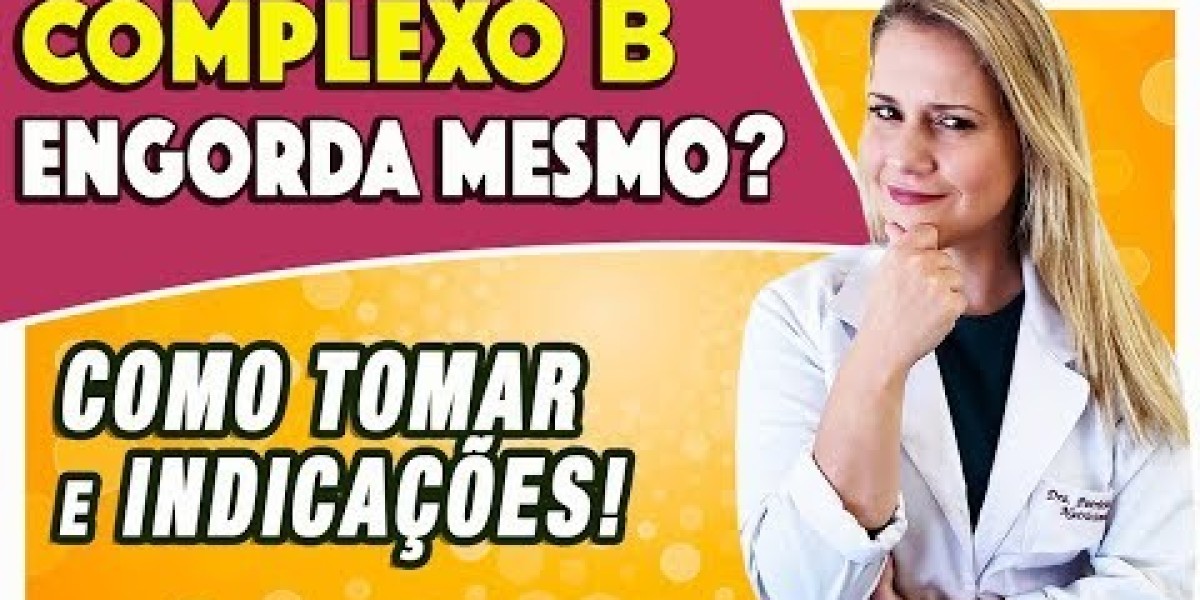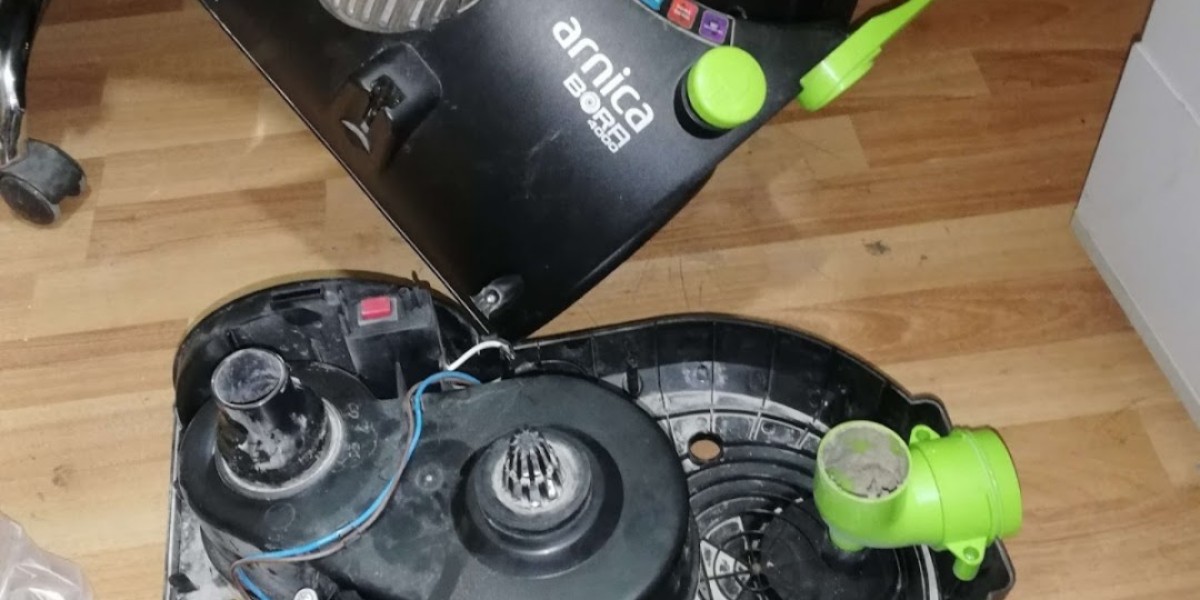When shopping for your feline friend at a cat shop online, one of the biggest choices you’ll face is deciding between wet cat food and dry kibble. While dry food is convenient, wet cat food is often recommended for its hydration benefits, palatability, and closer resemblance to a cat’s natural diet. In this guide, we’ll break down everything you need to know about wet cat food—from nutrition and feeding guidelines to FAQs that cat owners often ask.
Why Wet Cat Food Matters for Your Cat’s Health
Cats are obligate carnivores, meaning they thrive on high-protein, meat-based diets. Wet cat food stands out because:
High Moisture Content: Helps prevent dehydration and supports urinary tract health.
Rich in Protein: Provides amino acids like taurine that are essential for muscle health, vision, and heart function.
Easy to Digest: Especially beneficial for kittens, senior cats, and cats with dental issues.
Appetizing Aroma: The strong smell and texture make it more appealing to picky eaters.
Nutritional Breakdown of Wet Cat Food
| Nutrient | Why It’s Important | Typical Content in Wet Food |
|---|---|---|
| Protein | Builds muscle, supports growth & repair | 30–50% (dry matter basis) |
| Fats (Omega-3 & 6) | Skin, coat, and brain health | 15–25% |
| Carbohydrates | Source of quick energy (cats need less) | 5–10% |
| Moisture | Prevents dehydration, aids kidney function | 70–80% |
| Vitamins & Minerals | Immunity, bone strength, and organ support | Varies based on formulation |
Benefits of Feeding Wet Cat Food
✅ Hydration Support – Cats naturally drink less water, and wet food helps cover the gap.
✅ Weight Management – Lower in calories compared to dry food, making it easier to manage obesity.
✅ Urinary Health – Diluted urine lowers the risk of kidney stones and urinary tract infections.
✅ Supports Fussy Eaters – Cats drawn to texture and aroma often prefer wet food.
✅ Dental Ease – Softer consistency benefits older cats or those with dental problems.
How Much Wet Cat Food Should You Feed?
Feeding amounts depend on age, weight, and lifestyle.
Kittens (up to 1 year) → 3–4 meals daily; high protein and fat required.
Adult Cats (1–7 years) → 2 meals daily; portion control to maintain weight.
Senior Cats (7+ years) → 2–3 smaller meals; focus on digestibility and joint support.
Rule of Thumb:
Average adult cat (8–10 lbs) → 200–250 calories daily (approx. 2–3 small cans of wet food).
Dry Food vs. Wet Food: Quick Comparison
| Feature | Dry Cat Food | Wet Cat Food |
|---|---|---|
| Moisture Content | 10–12% | 70–80% |
| Shelf Life | Long, easy storage | Shorter, requires refrigeration |
| Cost | Generally cheaper | More expensive per serving |
| Palatability | Some cats reject it | Highly palatable |
| Health Benefits | Supports dental crunch | Hydration, urinary & kidney support |
Common Concerns About Wet Cat Food
1. Is wet cat food safe for everyday feeding?
Yes. Wet cat food can be fed daily as a complete diet if it’s labeled as “balanced and complete.”
2. Can I mix wet and dry cat food?
Absolutely. Many pet owners combine both to balance cost, convenience, and nutrition.
3. Does wet food spoil quickly?
Once opened, refrigerate and consume within 24–48 hours to avoid spoilage.
4. Will wet food cause dental issues?
It doesn’t clean teeth like kibble, so regular dental care or treats may be needed.
5. How do I switch my cat to wet food?
Transition gradually over 7–10 days by mixing small portions of wet food with dry food.
Feeding Tips for Cat Owners
Serve wet food at room temperature (cats dislike cold meals).
Provide fresh water alongside every meal.
Use shallow bowls—cats dislike deep dishes that touch their whiskers.
Follow portion guidelines on packaging but adjust based on activity level & body condition.
If buying from a cat shop online, always check the product label for “complete and balanced” certification.
FAQs About Wet Cat Food
Q1: Is wet food better for kittens than dry food?
Yes, because kittens need higher protein and moisture to support rapid growth.
Q2: Can senior cats benefit from wet food?
Yes, it’s easier to chew and digest, plus it supports hydration which is crucial for older cats.
Q3: How do I know if my cat prefers wet food?
Signs include excitement at meal times, finishing the food quickly, and showing disinterest in dry kibble.
Q4: Can overweight cats eat wet food?
Yes, it often contains fewer calories per gram, making weight control easier.
Q5: Should I only buy premium wet cat food?
Not necessarily. As long as it’s labeled “complete and balanced,” it can meet your cat’s needs.







